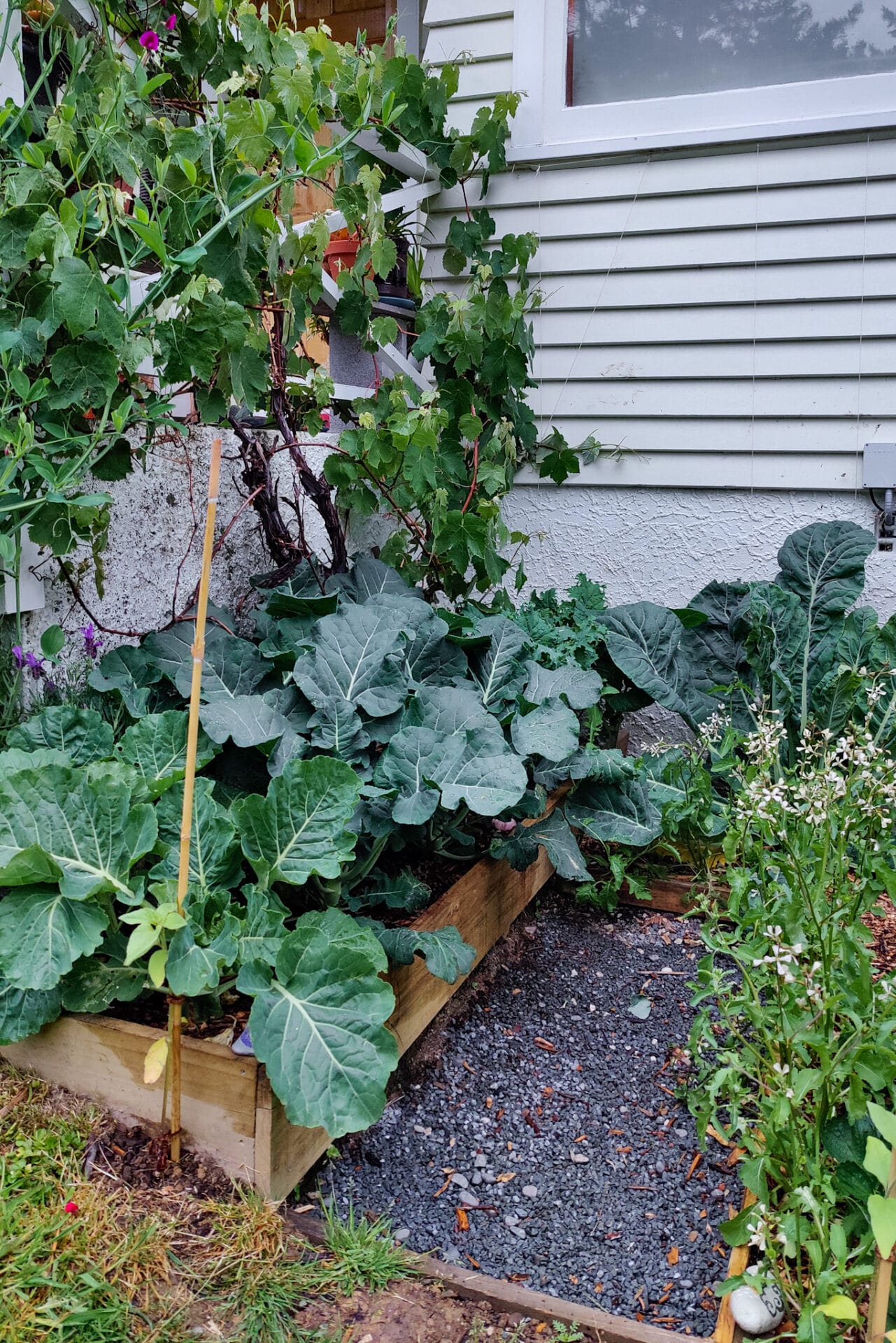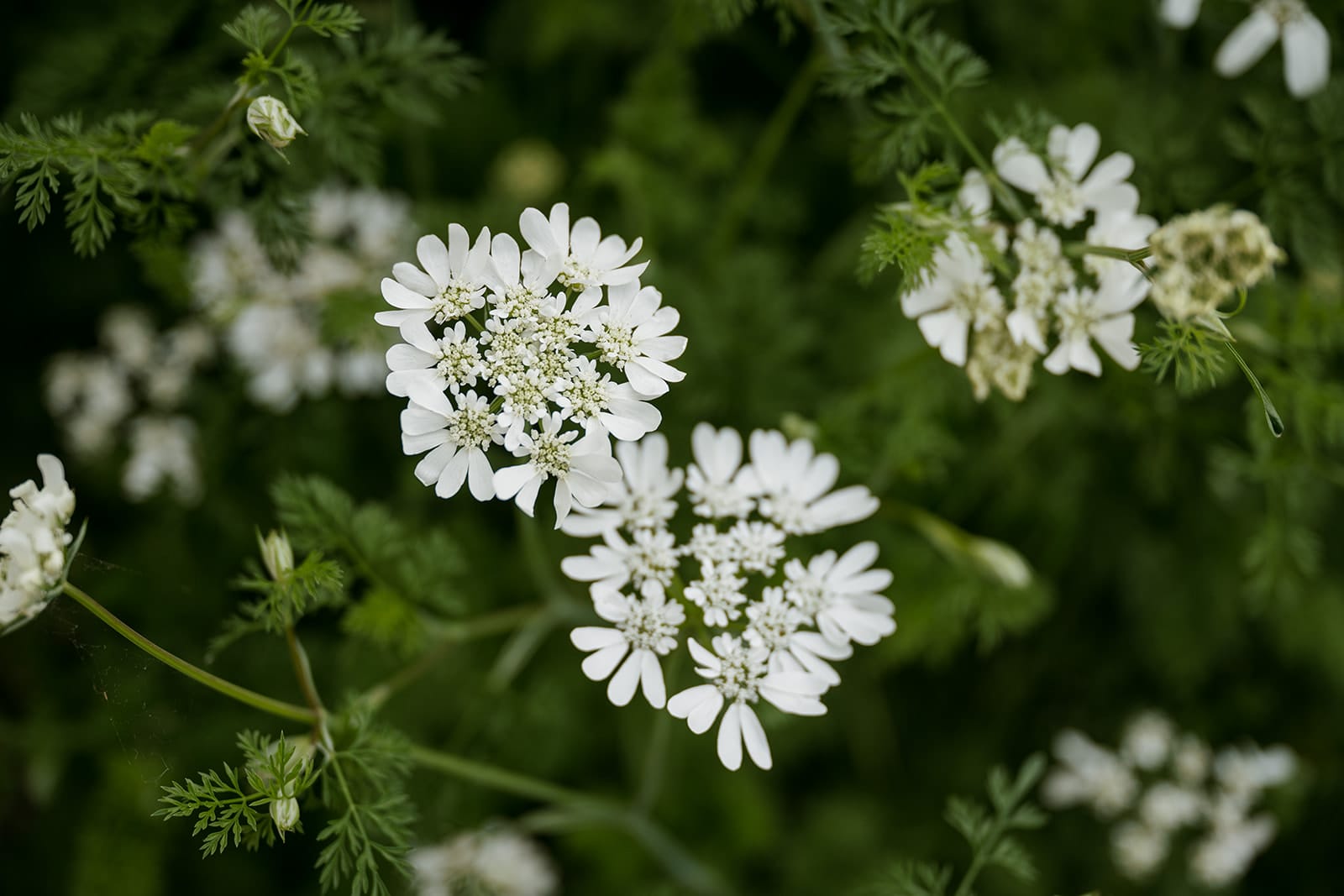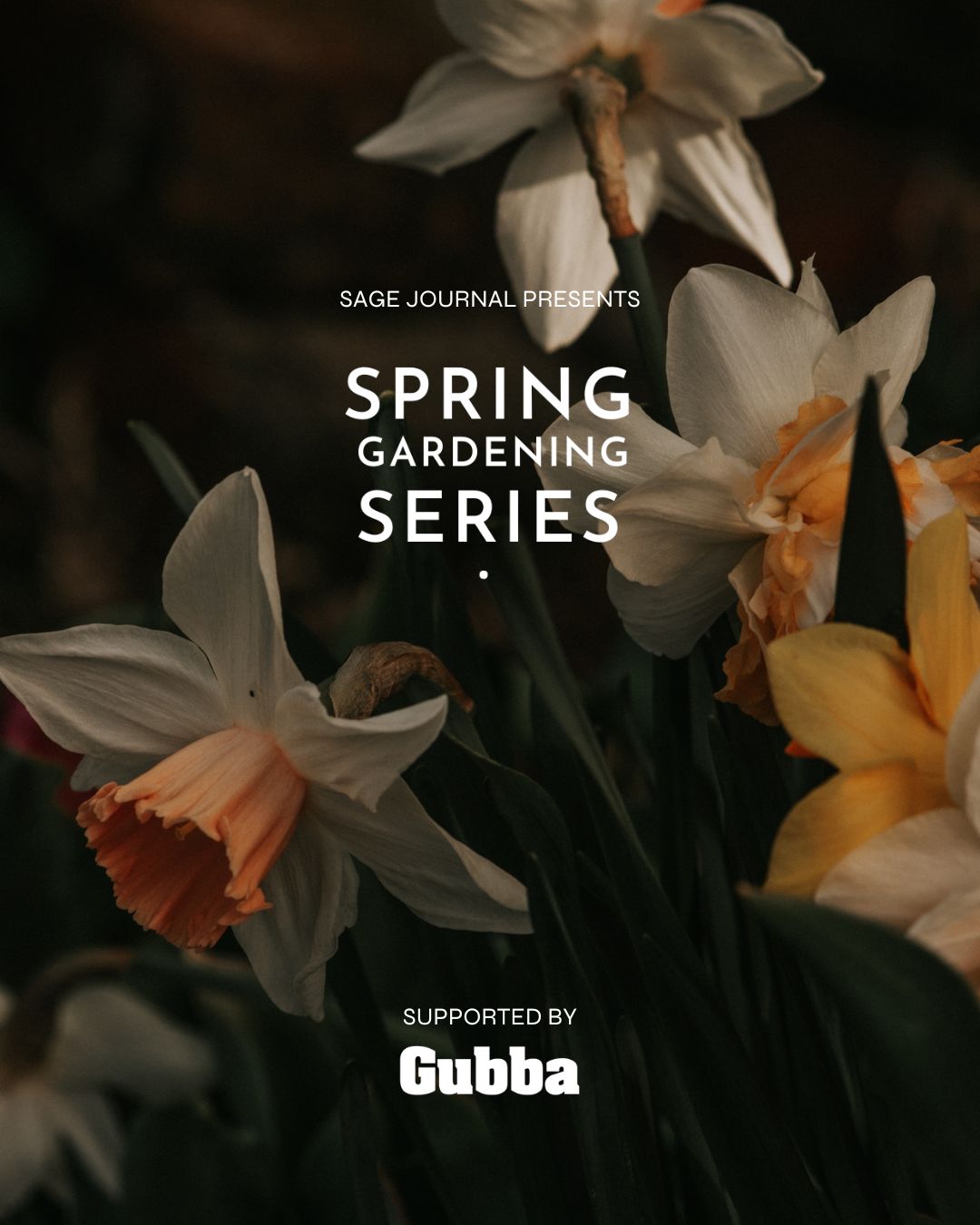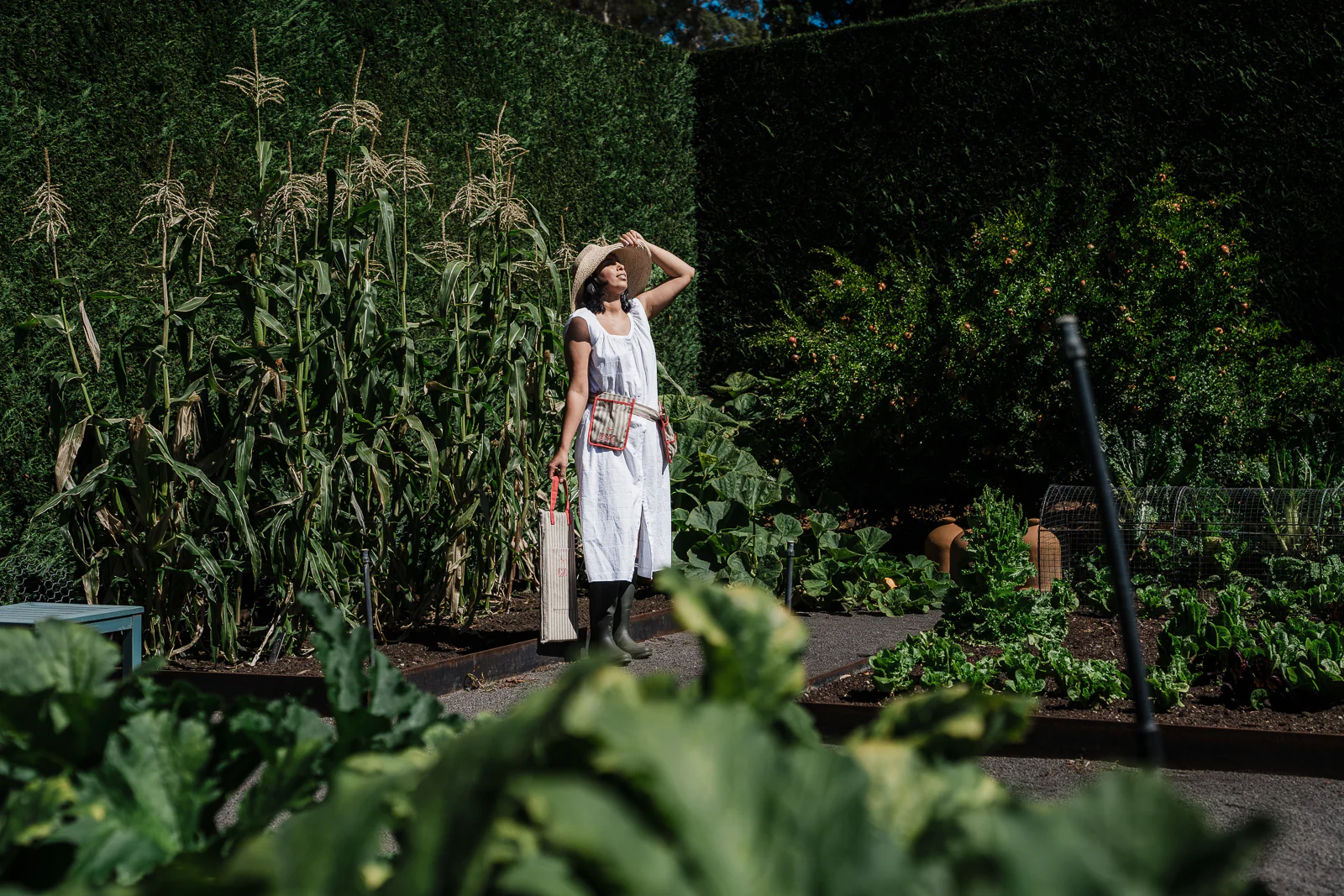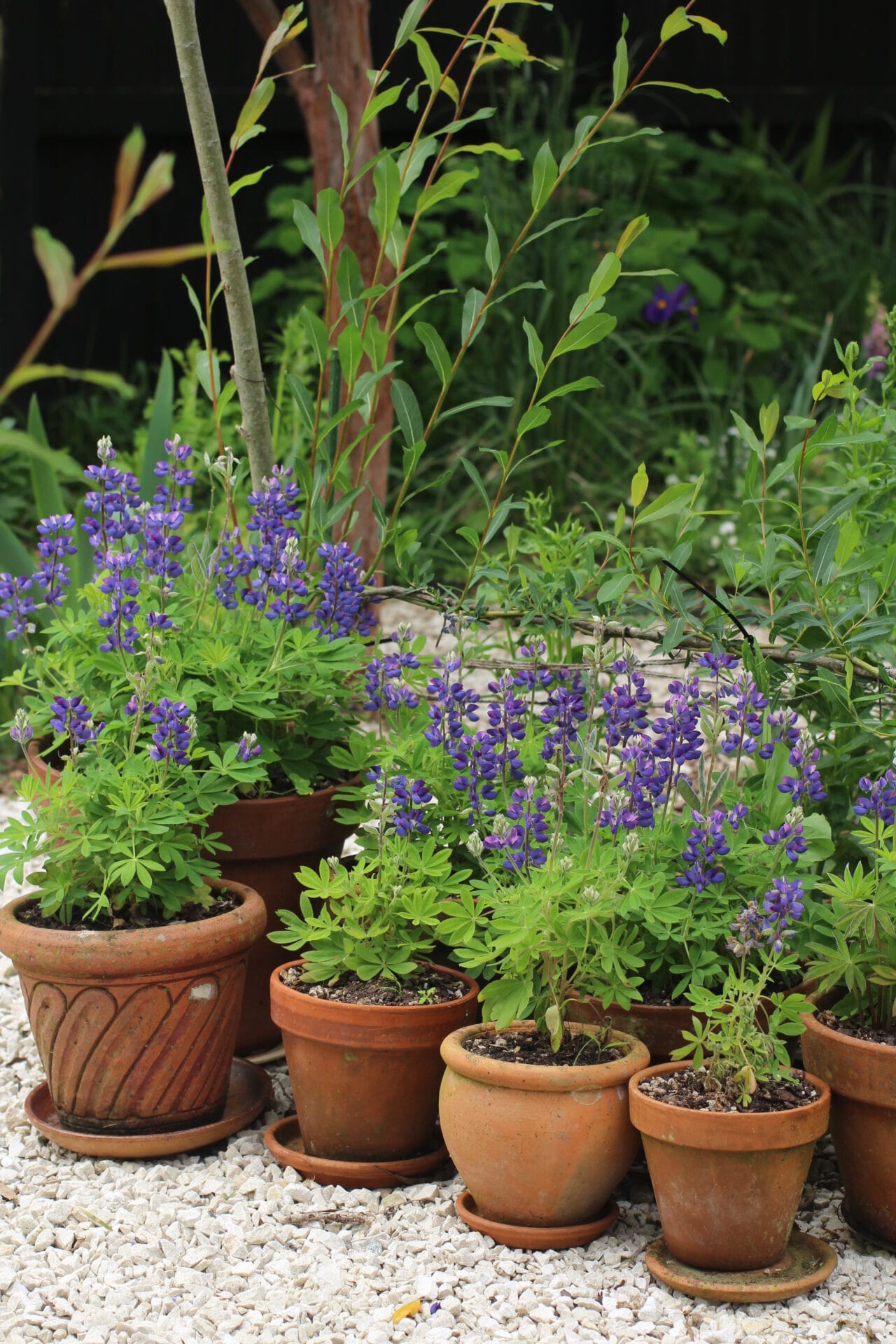September seed sowing. Written by Elly Keen (@daydream.green)
The 2025 Spring Gardening Series is supported by Gubba Garden Store.
Sowing seeds for your flower garden
As we venture into the spring season, you’ll be making the most of the warm sunshine and longer days in the garden. Everywhere you look, there are blossoms and spring bulbs blooming, injecting much needed colour and life into the landscape after a grey winter.
You may be tempted to jump ahead and begin planting your flower seedlings. But it’s important to know what ornamentals can be planted in the garden now, and which need to be withheld…
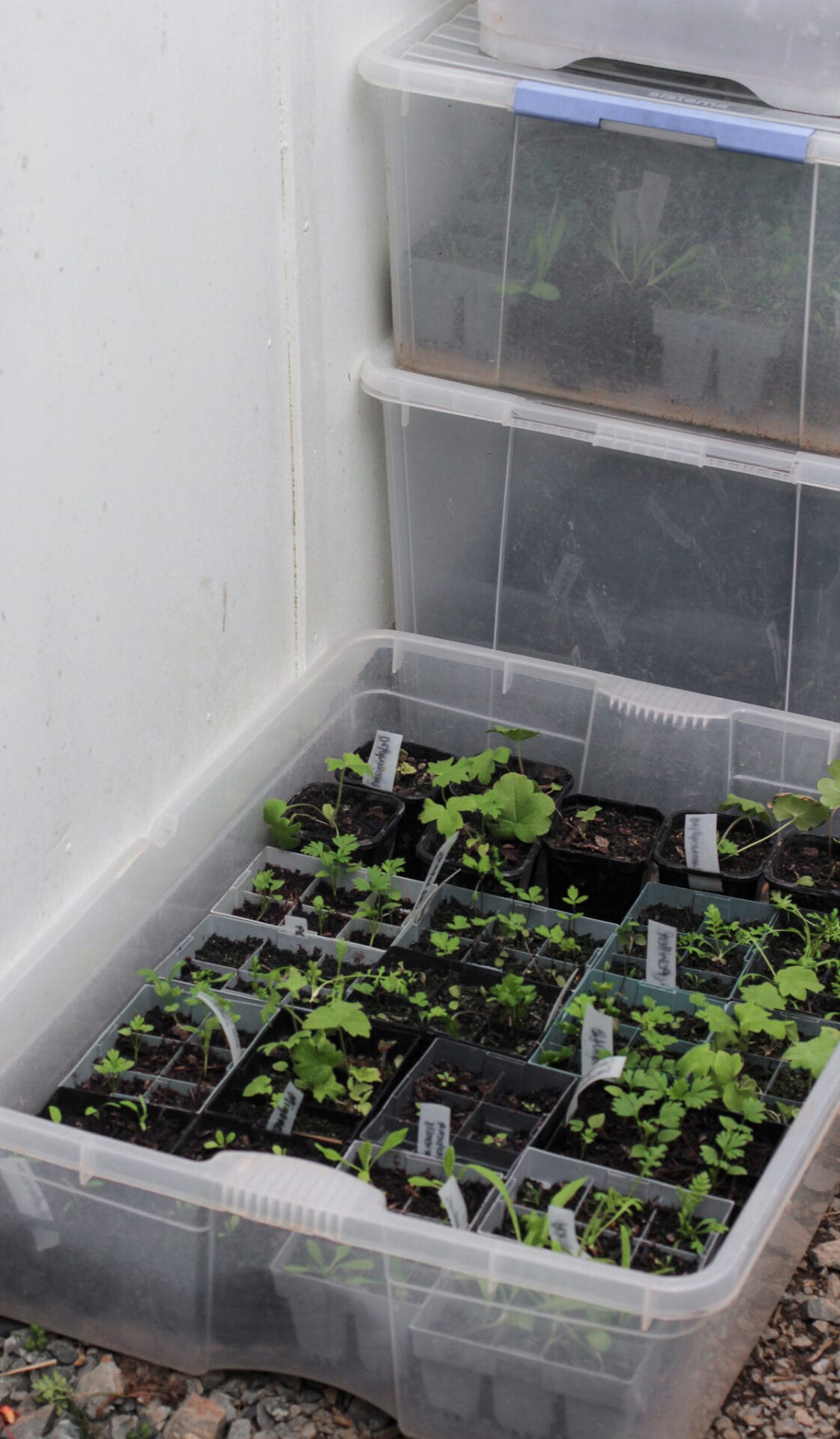
Summer annual flowers
Annual flowers can either be summer or winter plants…
Summer annuals germinate in the spring, they flower during the summer and die at the beginning of winter. These are called ‘tender’ annuals as they are susceptible to frost damage.
Winter annuals germinate in autumn, grow slowly through the winter (if your region is temperate), flower in spring and die because of drought and heat in summer. These are called ‘hardy’ annuals as they are tolerant of frost conditions.
Planting out: Hardy & half hardy annual seedlings
You may have some hardy annual seedlings, such as sweet peas, cornflower, snapdragons, stock, poppies, pansies, calendula, Ammi majus or orlaya that are established and ready to plant out. These are ok to be planted now if you are not receiving prolonged freezing temperatures. All of these will withstand some frosts and temperatures down to zero.
Strawflower, statice and phlox will also tolerate a few light frosts but are less hardy. These are what we call ‘half hardy’.
Sowing tender annuals
If you have started to sow your tender annuals, then keep them tucked safely away for a while longer.
This week I will be sowing my summer annual flower crops in trays: marigolds, cosmos, celosia, amaranthus, gomphrena, tweedia, nicotiana, dill and sunflowers.
Using a Soil Blocker from Gubba is a fantastic way to get your seeds going.
Placing your trays inside a Sistema tub is an easy way to start seed at this time of year. Start indoors, in a sunny spot and as soon as the seeds begin to germinate, move the tub outdoors to give the seedlings access to more light. The tubs act like a mini greenhouse and can be stacked on top of each other to save space. The other benefit is that they keep the pesky slugs and snails out at night. Just remember is to take the lid off during the day as the sun will quickly scorch the leaves.
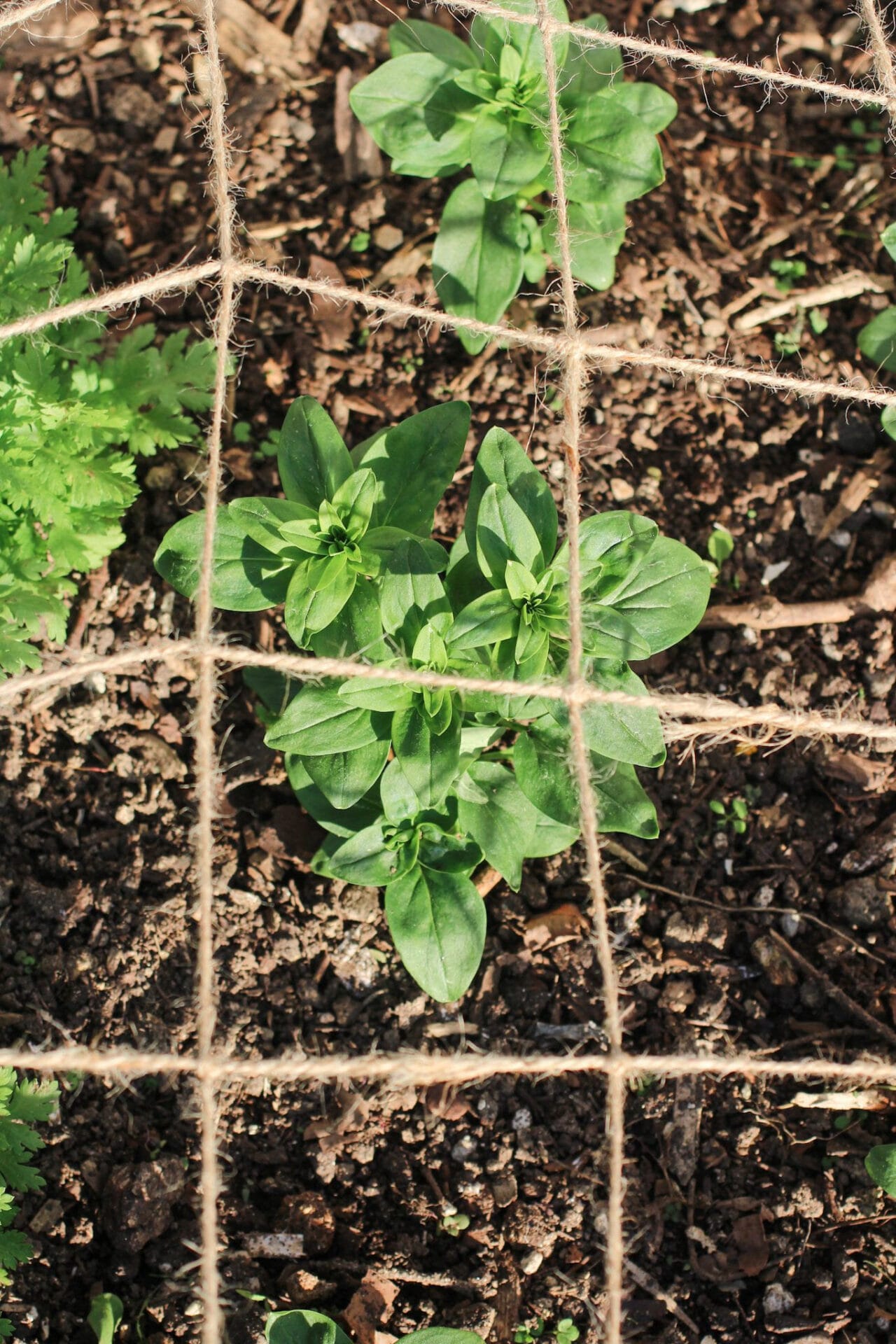
Edible gardening | Succession Sowing
At the beginning of September the garden begins to charge with new growth, winter crops that once chugged along at a snail pace are now running to seed in the blink of an eye. You may find you have made your way through the glut of brassicas and leafy greens by the end of the month, yet your spring plantings will still be too immature to pick from. This period in spring can be known as the ‘Hungry Gap’.
For most regions of New Zealand, we have a lovely temperate climate that allows sowing and transplanting year-round. As a result, this so-called ‘hungry gap’ can be avoided with good planning. Still, don’t feel discouraged if you find yourself running lower on harvests during this time, instead a concentrated effort on seed sowing and feeding the soil will ensure a thriving summer garden soon enough.
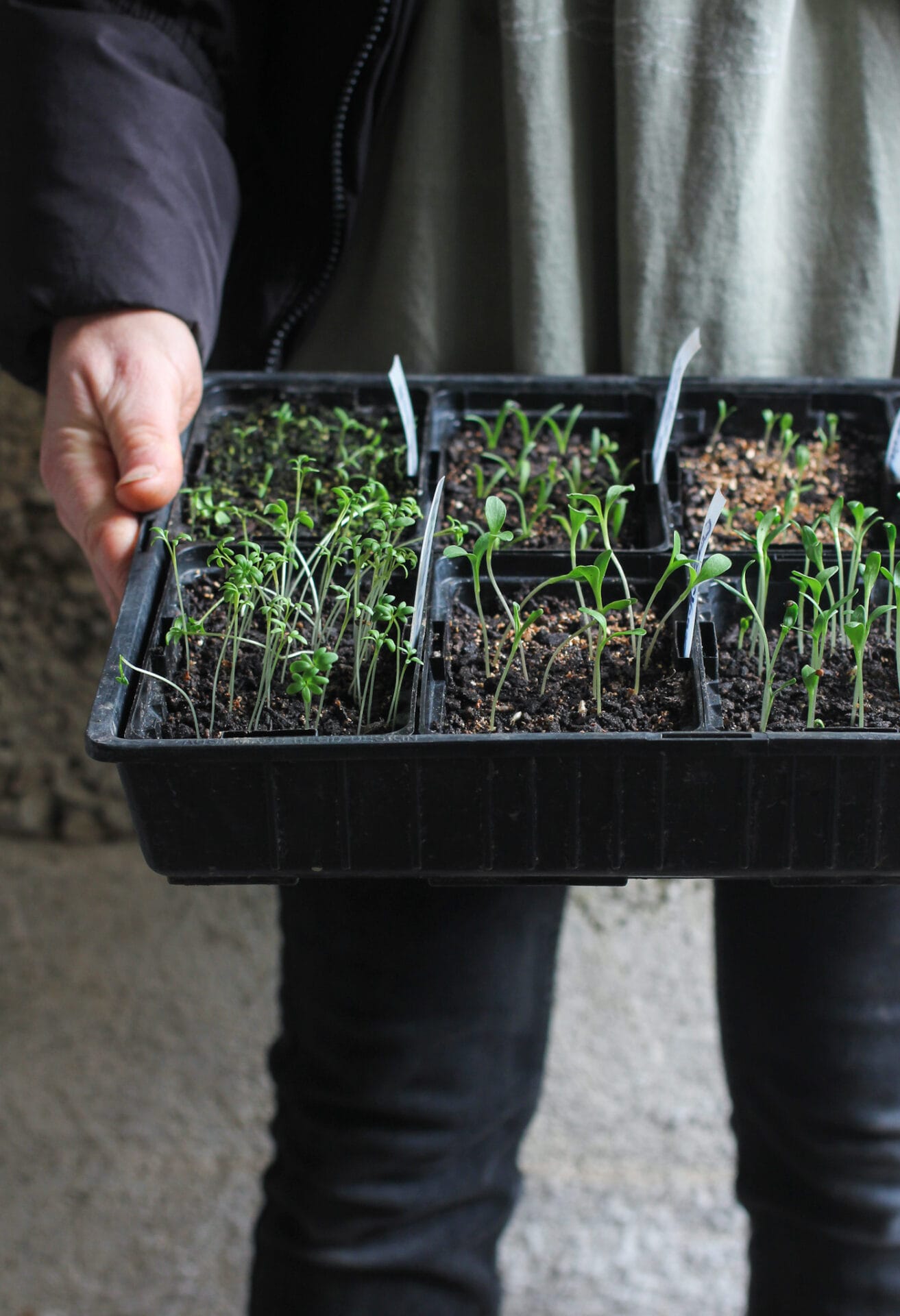
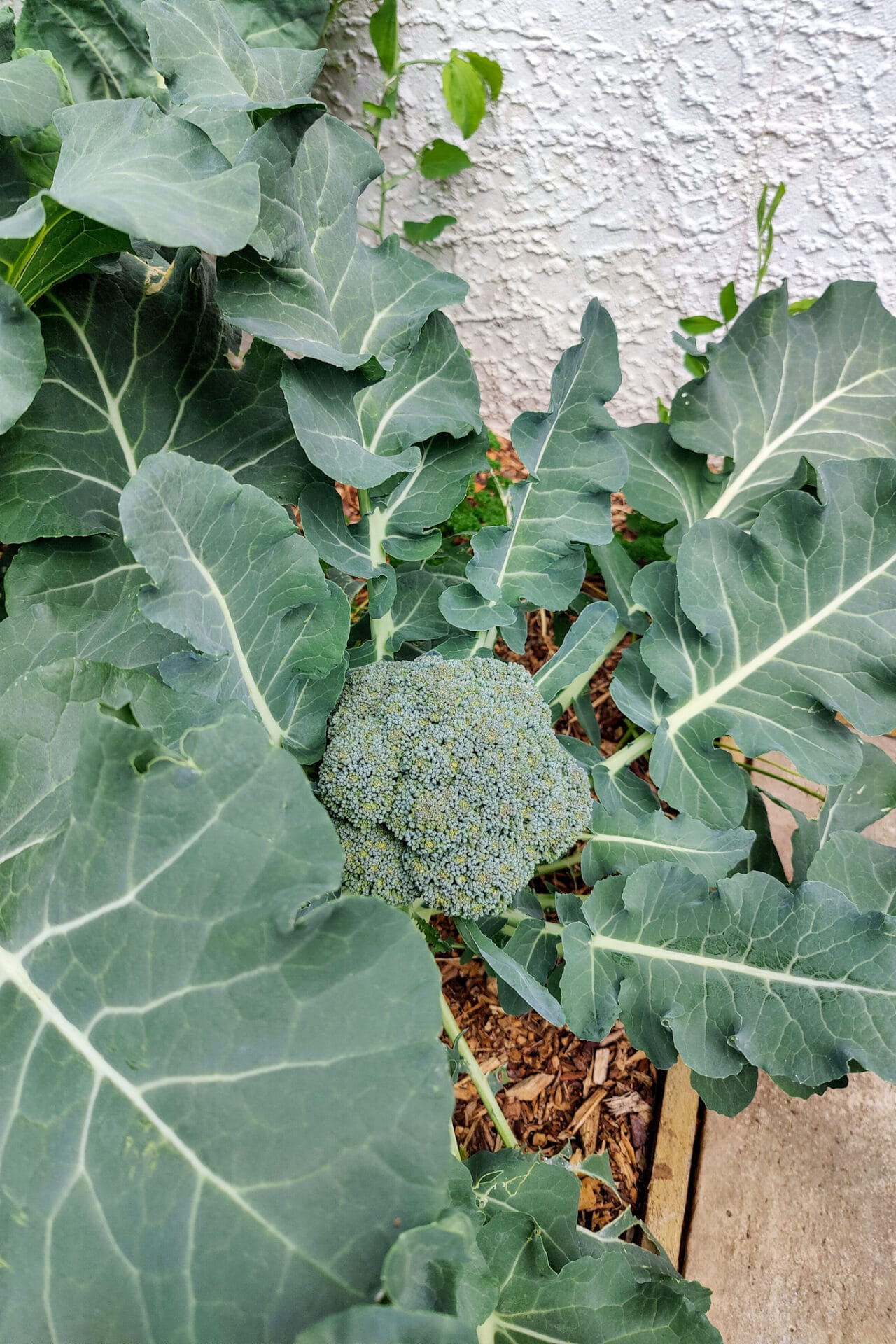
Vegetable seed sowing
This week I will be sowing my last succession of hardy crops. These are the vegetables that prefer to grow during the colder months. Lettuce, snow peas, brassicas (broccoli, cabbage, kale, cauliflower), spinach and rocket can all be sown in trays or directly to the garden if you prefer.
Succession sowing can seem like a mysterious art form, but really, it is as easy as sowing little and often. A good way to remember is when you transplant a seedling to the garden, sow another tray!
This works out to be around every six weeks (depending on the variety) and will result in a nice flow of successions for harvest.
Another task I find myself doing in early spring is nourishing and feeding the soil. Winter crops, such as brassicas are hungry feeders and leave the soils depleted. It is good practice to feed the soil after harvesting these crops. There are several ways you can add more nutrients naturally in preparation for summer.
